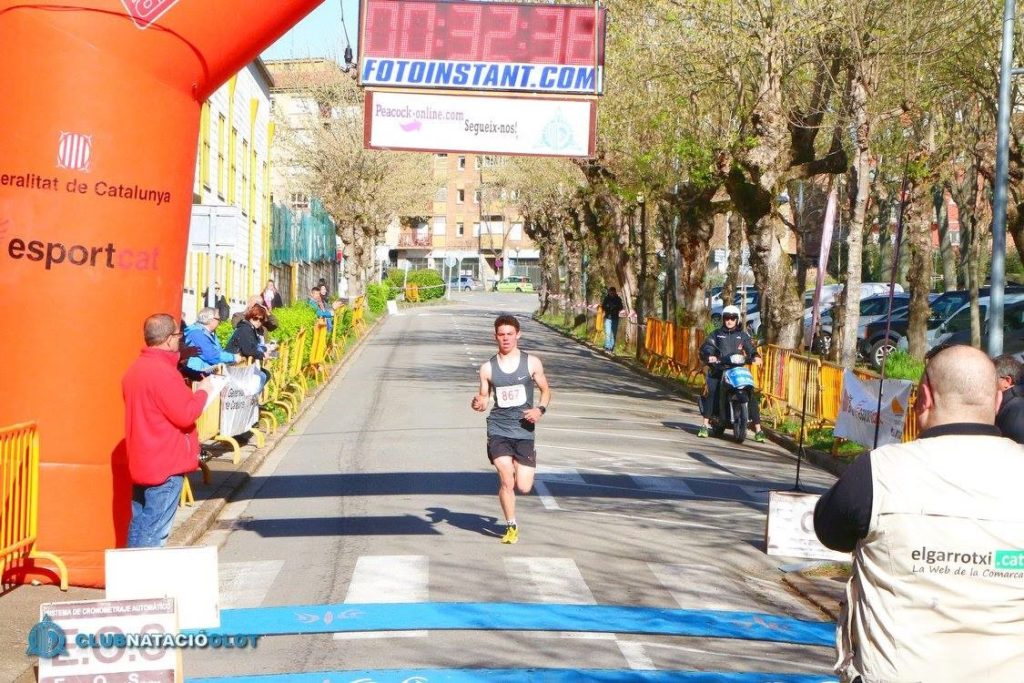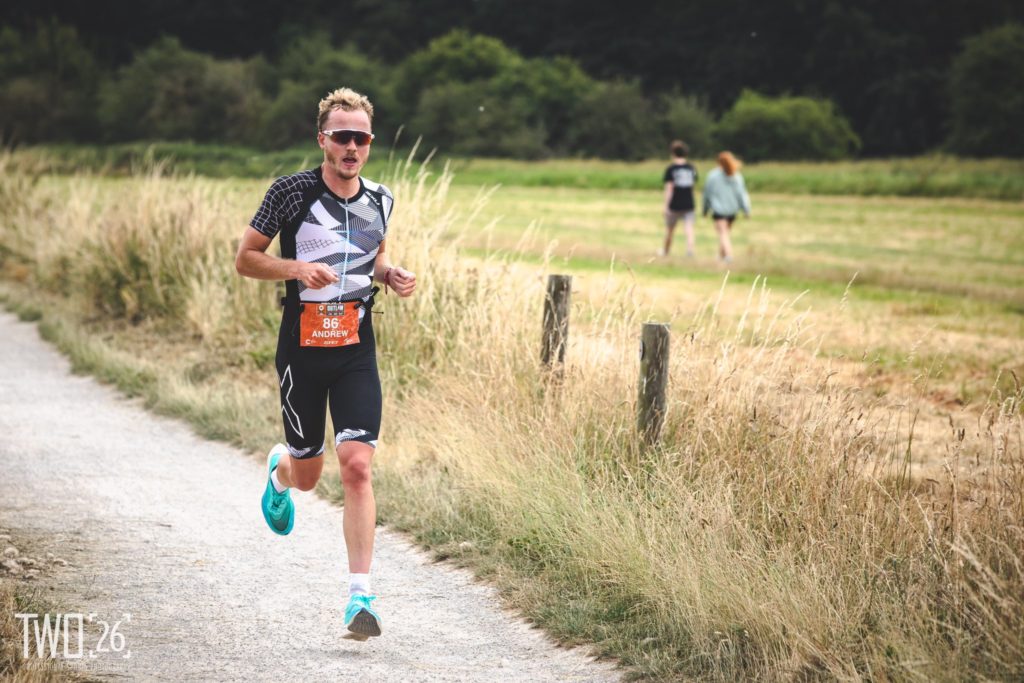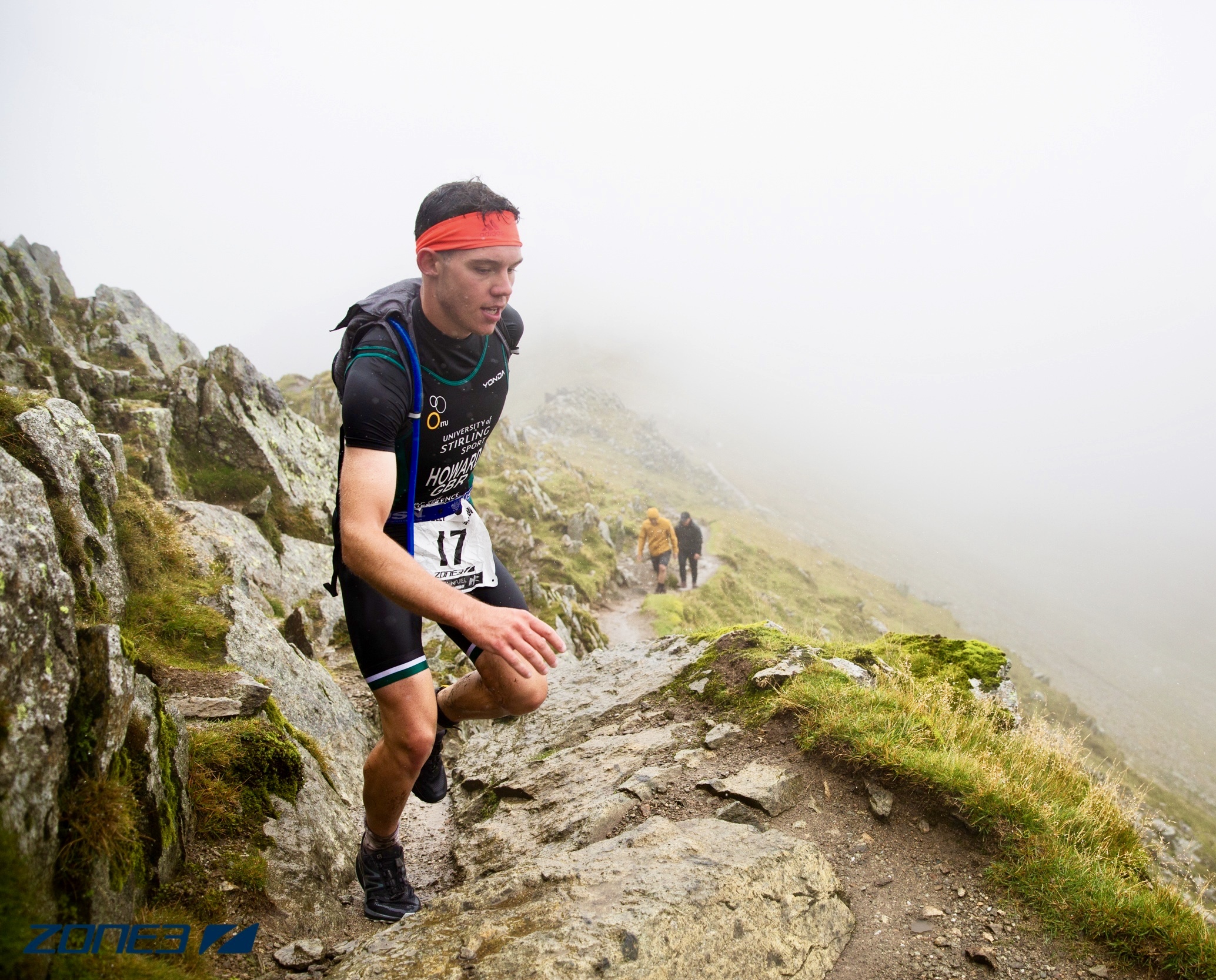Why Running Form Matters to a Triathlete
Our winter run training plans are at the ready and you set about working on your speed and endurance. But now ask yourself the question, do you focus on your form? Doing so could make you a faster – and less injury-prone – runner.
We know that running regularly will make us a better runner and that incorporating long runs, hill climbs and speed work will help our performance and endurance. Nonetheless, an area many of us neglect is to practice technique.

Look at the training plans of most elite athletes, and running drills designed to help hone technique and form will feature. If elite runners with great technique are practising this, then surely it stands to reason that you can benefit too? If you’re after a good reason to practise, consider that running with the correct technique improves efficiency and can significantly reduce injury risk.
We assume that running is something natural that we simply know how to do and we perceive it to be a good option for ‘getting into shape’ with little thought given to the form, or mechanics, of running. However, like any sport, running is a skill. Getting your technique right and mastering the skill of running will make it easier and more enjoyable for you.

A great many runners will sustain a running-related injury during any given year. If you are a runner—casual or serious—you should be aware that poor running mechanics may contribute to these injuries. A study from The University of Salford’s Running Performance Clinic has found that many running injuries are caused by simple errors in technique.
They found ‘common biomechanical patterns’ among those who complained of injury compared to those who were did not experience problems. These included an outstretched leg and high foot angle at initial contact, greater forward lean as well as side pelvis drop.
Good running form and technique is how the whole body operates in a chain of movement and at the University of Salford they use a unique 3D gait analysis service to image capture your whole movement as you run with a clinical assessment of your gait that may be limiting your running performance or contributing to potential injury.
Good form can also make the difference between being a winner and a runner-up, as proved by Meb Keflezighi the first American man to win the Boston Marathon in 31 years back in 1994, He told the Running Times, “If it wasn’t for form, I don’t think I would have won. I think about my feet, where they’re going to land. My hips, knees, legs, arms, neck. Where my head should be positioned. Where my chin should be going uphill, downhill.”
Form or mechanics, of running. is not science in its own right even though there is a plethora of information on running technique on social media. There is no “right” way to run, but there are basic things runners can learn from elite athletes about running more efficiently.

Try out the three basic running techniques below to help you think about your movements whilst running. Think of it as an experiment. Running isn’t just about what the feet are doing. It’s about the whole body. Every movement is a result of every other movement. The less time on the ground, the more time moving forward through the air to become more efficient, avoid injuries and get more satisfaction when pounding the pavement.
1. Cadence
Find your rhythm. A high proportion of runners will be running at cadence of around 160bpm. This encourages heel striking and poor posture. Try increasing your cadence to 184bpm. Over time, a higher cadence will feel natural and this will help with your foot strike and allow you to remain in a good postural position.
2. Posture
Your posture is absolutely the most important thing when you run. As you run, keep your head and chest upright and relax as much as possible; the whole of your upper body should remain stable but not be tense.
3. Relax
Staying relaxed is key, as this will allow you to enjoy your running and not put too much pressure through the joints of the body. A good warm-up to loosen the body will help you run in a relaxed manner. Ease into the run slowly, then build speed.





